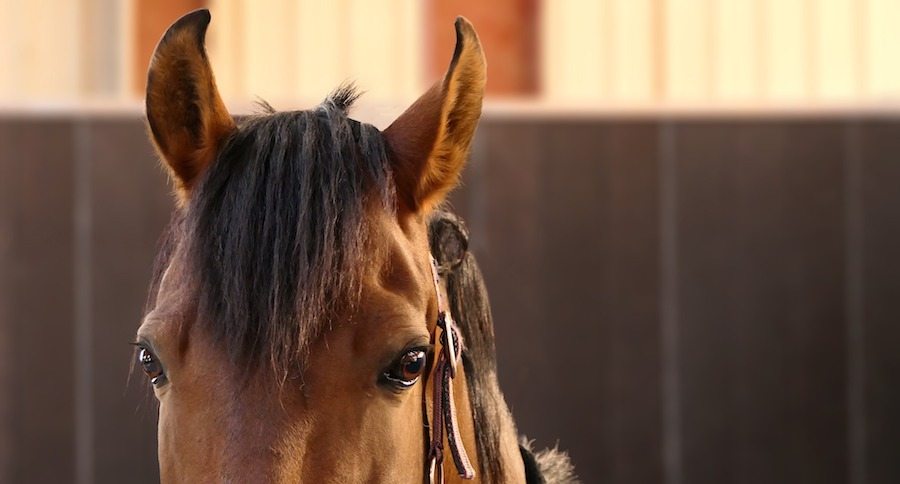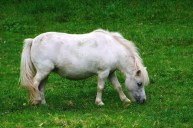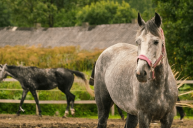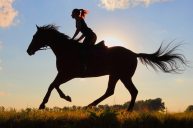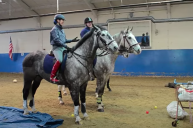No matter your age, a mistreated horse is easy to recognize.
At least that's what a recent equine health and welfare survey showed after it was administered to young people under the age of 18.
The survey was developed by researchers at Purdue University in West Lafayette, Indiana. One of the researchers, Brandon Rice, MSc candidate, explained the need for the survey:
"Youth are a large part of the equine industry, but they're often overlooked when researching horse welfare issues. It's important for us to understand how these youth interact now, to anticipate how they're going to interact with horses in the future as the next generation of industry professionals."
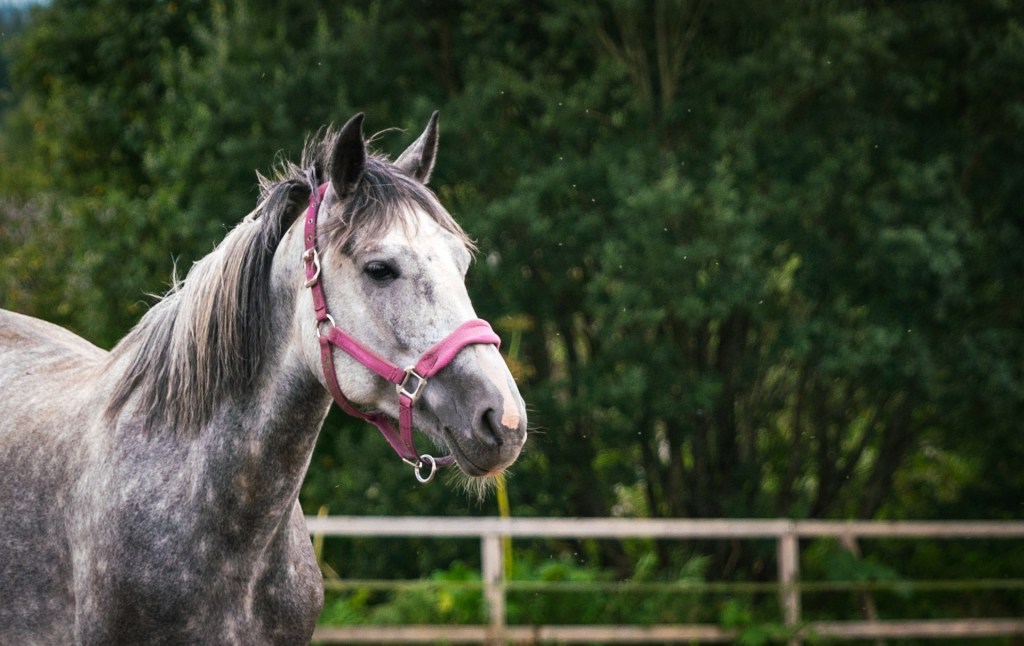
Rice discussed the survey during a presentation at the 2017 International Society for Equitation Science Symposium, Nov. 22-26 in Wagga Wagga, Australia.
It involved 34 questions intended to evaluate youth perception and awareness of what it means to compromise a horse's well-being. In addition to the questions on care and management, participants were also asked to assess the condition of horses in selected videos, ranking their level of distress from one to five — not distressed, slightly distressed, somewhat distressed, moderately distressed, or very distressed. The videos were chosen based on how consistently a panel of experts rated the horses in the videos.
The survey was distributed to the members of a 4-H horse club in Indiana for testing. The 23 members ranged in age from 8 to 18, and although they were involved in a horse club, they had not yet received specific education about horse well-being or welfare.
Yet, the survey results showed that the members' responses matched very closely to those of the adult panel that was used for validating the video selection.
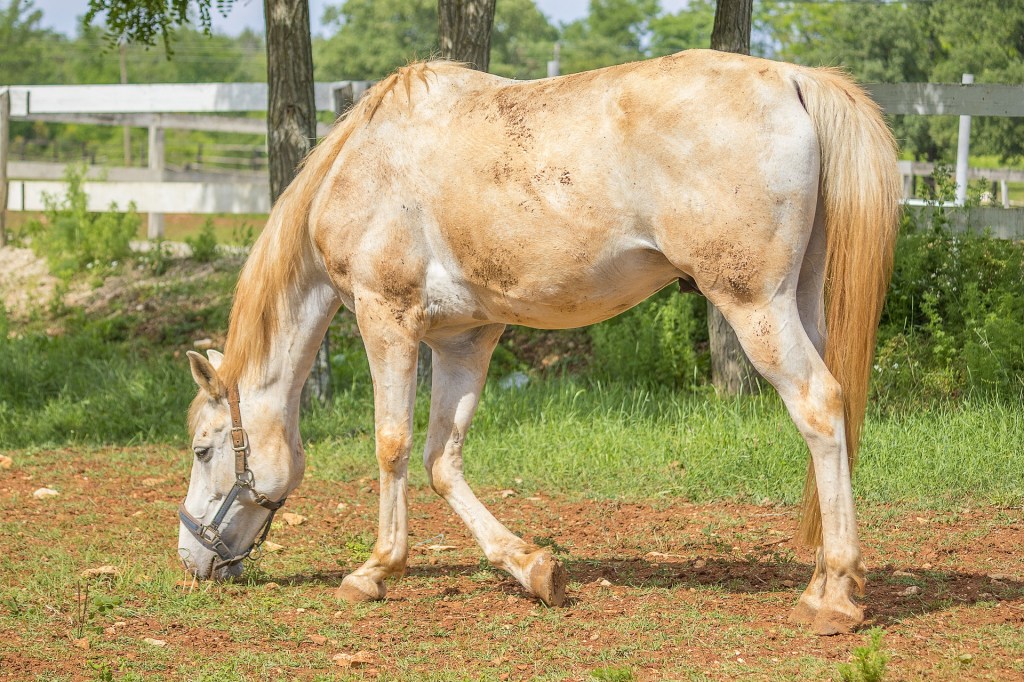
"Youth perceptions of fear and distress in our survey were consistent with those of experts for a variety of videoed horse-human interactions," Rice said.
These encouraging results mean that the survey can be useful in many different ways.
"We can use the survey to create targeted educational programs," Rice said. "We can look at specific age groups and disciplines, so it will be very useful in the future."
And, of course, it means something potentially even better: that the future guardians of equine health and welfare are not unfamiliar with the fight.
Did you recognize equine welfare problems as a child? Tell us below.
WATCH NOW: Wide Open Pets Goes to the BEHS Horse Expo
